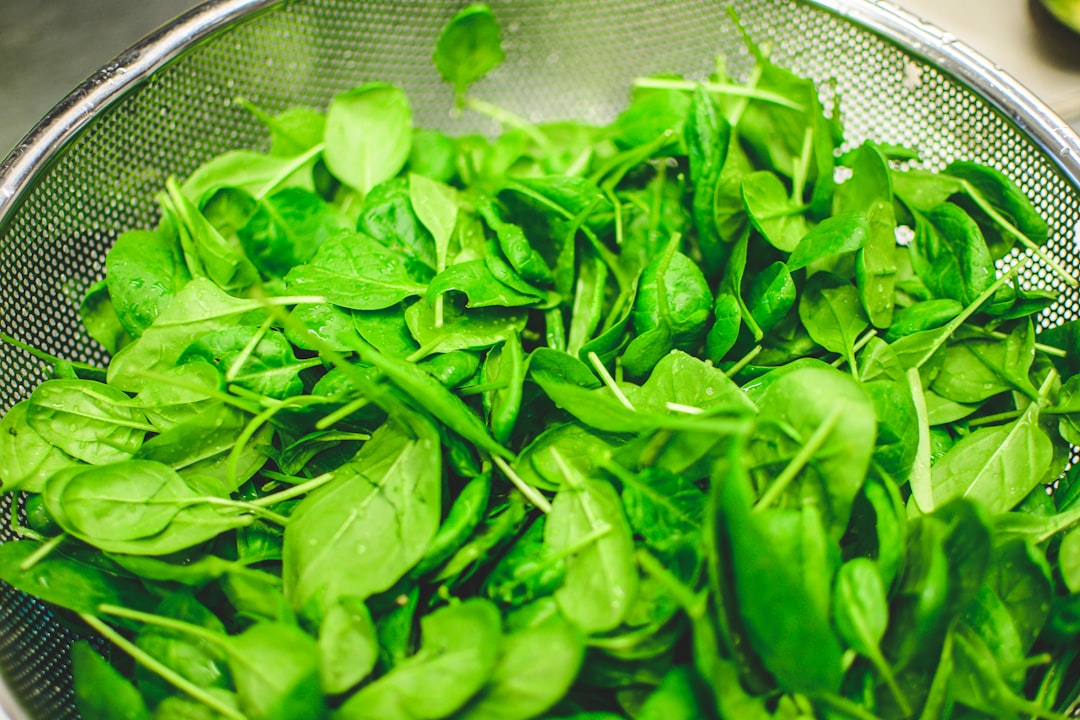18 Everyday Produce Items You Must Peel or Avoid
Fresh fruits and vegetables are central to a healthy plate, but not all produce is the same when it comes to surface residues and post‑harvest treatments. The Environmental Working Group’s testing and USDA sampling show that certain items tend to carry more detectable pesticide residues or receive wax coatings that can trap residues on the skin (EWG 2025; USDA). This guide focuses on realistic choices: which everyday items are worth peeling, when to choose organic, and simple, low-effort prep methods that reduce exposure while keeping the nutrition you need. It's geared toward practical, budget-conscious decisions—especially helpful for older adults who want the most nutrition per dollar and the least fuss in the kitchen. For many items, a quick rinse helps, while other produce gives a higher "return on peeling" because residues concentrate on the surface or because wax coatings can hold onto chemicals. Where possible I point to alternatives—such as buying organic selectively, trimming outer leaves, or using a blanch‑and‑peel trick that loosens skins without heavy waste. Small steps add up: selective peeling and smarter shopping let you keep most produce benefits while lowering avoidable exposure. Below you'll find our expanded list of pesticide-prone produce, and cost-aware choices so you can eat well without unnecessary worry (EWG 2025; Everyday Health 2025).
1. Strawberries — Consider peeling alternatives: buy organic or rinse carefully

Rinse thoroughly or buy organic when possible. Strawberries are small, soft, and often topped the EWG lists for detectable residues. Because they have a delicate surface, scrubbing with a brush isn’t practical without damaging the fruit, so many people prefer to choose organic berries when budget allows. A simple rinse under cool running water removes dirt and some surface residues; for extra peace of mind soak berries briefly in a bowl of water with a splash of white vinegar, then drain and rinse well to remove any residual taste. For older adults balancing cost and nutrition, buy conventional strawberries when on sale and use rinsing methods, or buy smaller organic packs and split them across meals to avoid waste. Store berries on a paper towel–lined tray in the fridge and check daily to remove soft ones; this reduces spoilage and keeps your investment from going bad. If you can, freeze a portion of good-quality berries to preserve nutrition and stretch your food budget.
2. Spinach — Peel is impossible; wash and trim thoroughly

Wash thoroughly; opt for organic if you eat spinach frequently. Leafy greens like spinach often show higher surface residues in testing, and they also trap dirt in the folds and stems. Fill a large bowl with cool water, submerge the leaves, and gently swish to dislodge soil and residues; repeat with fresh water until clear, then spin or pat dry to keep salad texture crisp. For older adults who prefer convenience, pre‑washed greens are helpful but check labels carefully and use within their freshness window to avoid waste. When preparing, tear leaves rather than cutting to reduce bruising and preserve nutrients, which keeps the greens more satisfying. If spinach is heavily soiled, trim damaged outer leaves before washing; this both improves cleanliness and reduces the need to overwash tender inner bits. Buying smaller amounts and using them quickly can reduce waste and maintain a steady supply of nutrient-dense greens in your routine.
